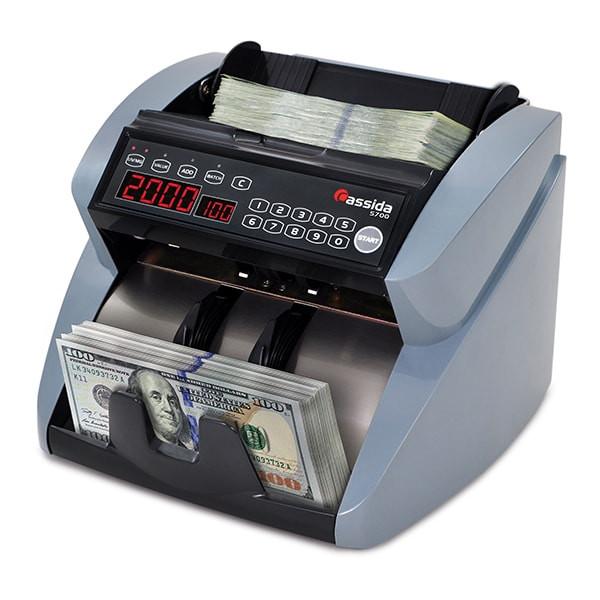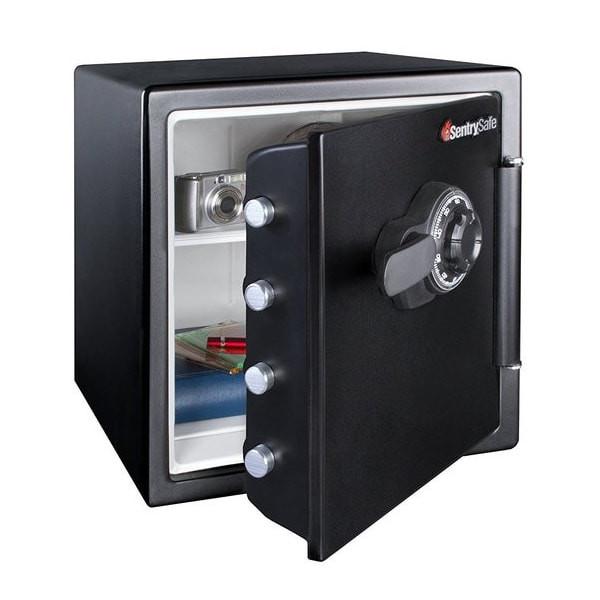What To Do If You Possess A Counterfeit Bill?

Despite there being enhanced methods of printing in place plus the implementation of special ink and paper, there are still counterfeiters out there. Banking officials and Secret Service employees are always on the lookout for counterfeit currency.
Over the past decade, the Secret Service has continously busted big counterfeit operation rings and seizing the fake bills before reaching reached circulation. However, detecting counterfeit currency should not be the responsibility of officials alone. It is upon everyone to take part in combating counterfeiting because we all are affected by it.
Several steps to take if you think you are in possession of a counterfeit bill. These steps should be taken immediately. The first step is to call The Secret Service or your local police department to report the bill in question.
For your personal safety, please follow the following steps:
- Never put yourself in danger. Do not confront the suspected passer.
- Do not return the bill to the passer.
- If possible, delay the passer with some excuse.
- Observe the passer's description and write down their license plate numbers if possible.
- Contact your local police department or call your local U.S. Secret Service Office.
- Write your initials and date in the white border area of the suspected counterfeit note.
- Do not handle the counterfeit note. Place it inside a protective cover such as a plastic bag or envelope to protect it.
- Hand over the suspected currency to a properly identified police officer or a Secret Service Special Agent or mail it to your nearest U.S. Secret Service field office.
In addition, you should be familiar with what real currency looks like. To help put a stop to counterfeiting, people must be observant, and the best way to be diligent is to know what to look for if you think you have come across counterfeit currency.
Counterfeiters rely on the untrained eye when passing counterfeit bills. One of the best ways of lessening the production of counterfeit money is increasing the detection of fake bills. This can only be done by increasing the public awareness of the characteristics of real currency. Counterfeit money detectors can also be used to spot fake currency easily, for any person or business that works with a lot of cash.
There is no financial compensation for the return of the counterfeit bill, but you will have the satisfaction of taking the correct action, and you will be helping combat counterfeiting.

Please make careful notes of the following features of real currency:
- Color Shifting Ink: If you hold the new series, bill (with exception of the $5 bill) and tilt it front and back, you can see the numeral in the lower right hand corner as its color shifts between green to black and back.
- Watermark: Hold the bill up to a light to view the watermark in an unprinted space to the right of the picture. The watermark can be seen from both sides of the bill since it is not printed on the bill yet it is embedded in the paper.
- Security Thread: Hold the bill up to a light to view the security thread. You will see a slight embedded strip running from start to finish on the face of a banknote. In the $10 and $50 the security strip is located to the right of the presentation, and in the $5, $20, and $100, it is located just to the left of the picture.
- Ultraviolet Glow: If the bill is held up to an ultraviolet light, the $5 bill glows blue; the $10 bill shows orange, the $20 bill glows green, the $50 bill shines yellow, and the $100 bill glows red - if they are authentic!
- Micro printing: There is minute micro printing on the security threads. The $5 bill has "USA FIVE" written on the thread. The $10 bill has "USA TEN" written on the thread. The $20 bill has "USA TWENTY" written on the security thread. The $50 bill has "USA 50" written on the thread. The $100 bill has the words "USA 100" written on the security thread. Micro printing can found around the pictures as well as on the security threads.
- Fine Line Printing Patterns: Very fine lines have been added behind the on portrait on the front of the bill and on the backside of the bill to make it harder to reproduce.
- Comparison: Compare the feel and composition of the paper with different bills you know are real.




Comments
Leave a comment